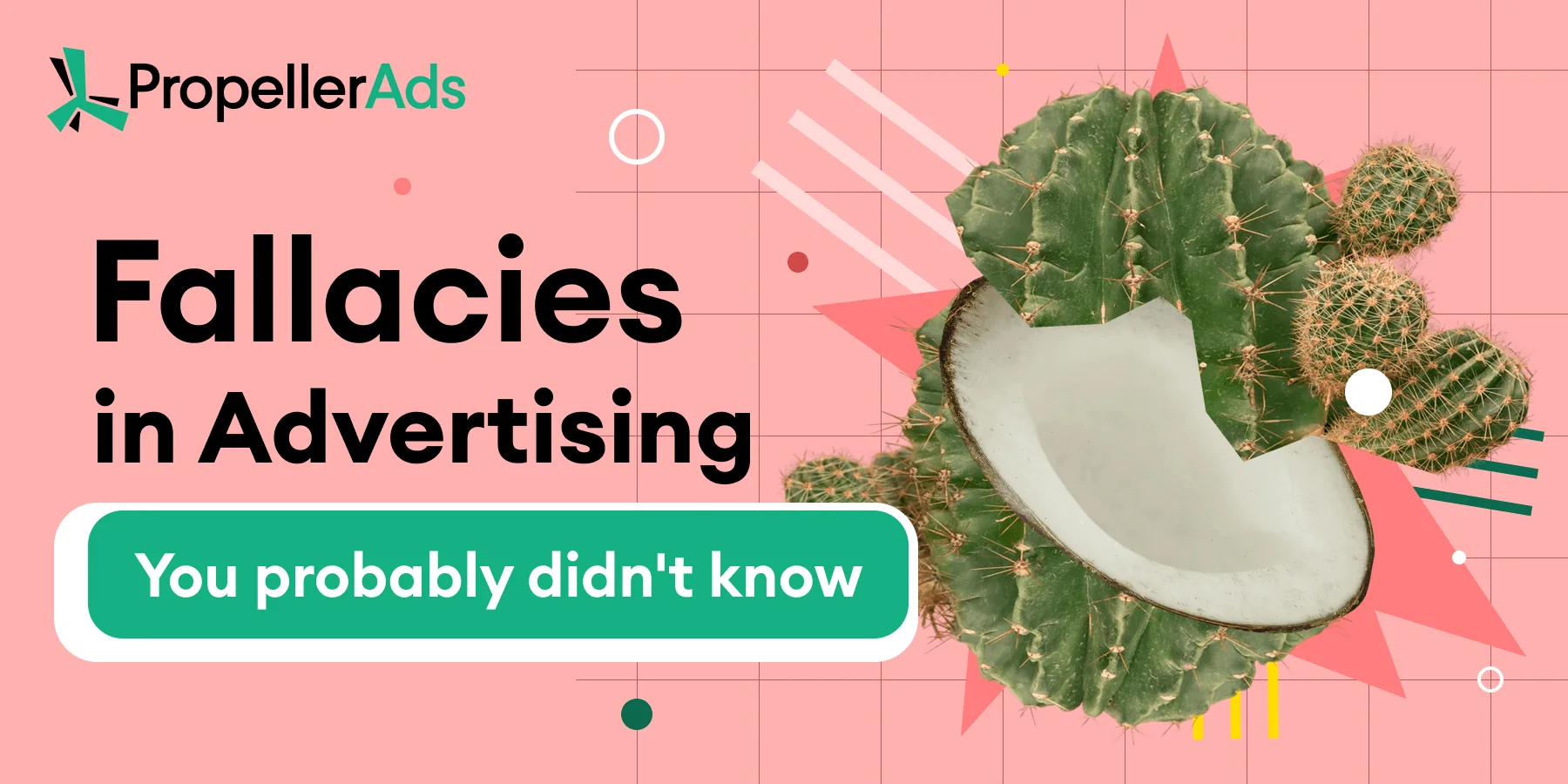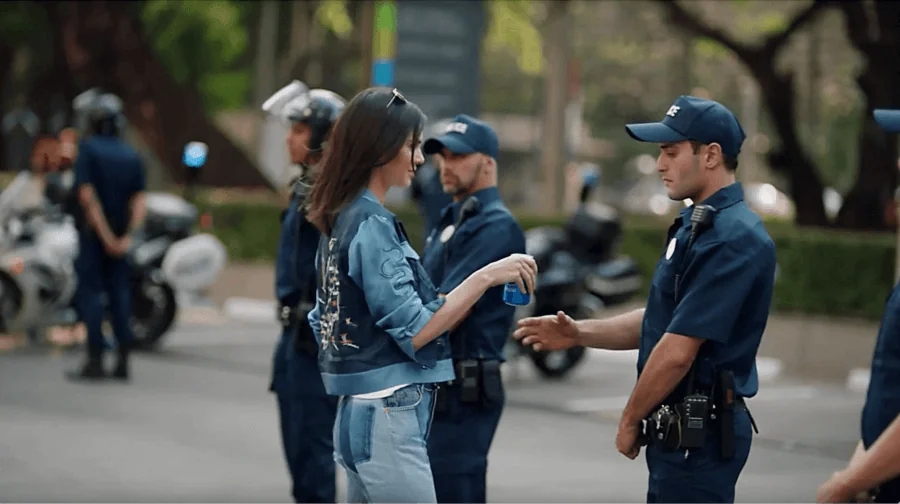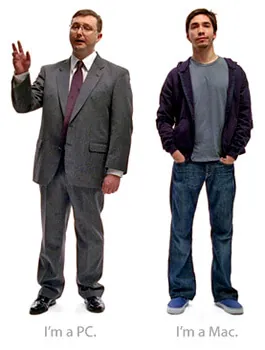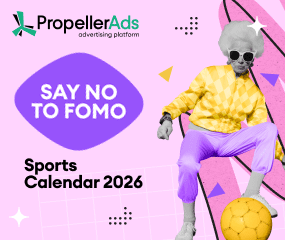Fallacies in Advertising You Didn’t Know

Advertising isn’t just about catchy slogans and slick visuals. It’s also about psychology… and sometimes, when used unfairly, manipulation. One of the sneakiest tools in a marketer’s toolkit? Fallacies in advertising.
These logical shortcuts are everywhere. They make an argument sound convincing, whatever it is. The scary part? Most people don’t notice them.
So today, we’ll explore common examples of fallacies in advertising, some you’ve seen a hundred times, and break down how they influence your thinking. We’ll also compare real ads that use these tactics, so you can learn to spot them in the wild.
What Are Fallacies in Advertising?
A fallacy is a flaw in reasoning that makes an argument come across stronger and more persuasive than it actually is. And in advertising, they’re often built into the message.
The reason why logical fallacies in advertising work so well is that they appeal to the things we respond to without thinking about it too hard. They use emotion, authority, and popularity to get under your skin.
And sure, not every fallacy you see is unethical, but that’s not the point. With a carefully structured message, we can wind up with a market full of misleading claims, distorted comparisons, or oversimplified choices.
1. The “Bandwagon” Fallacy
Why not jump on the bandwagon? “Everyone’s doing it, so you should too.”
The bandwagon fallacy assumes that something is the best choice because it’s the most popular choice around. It’s better than competitors, it’s simply the best you can get. But is it? It might be, or it might not, but in either case, it’s the bandwagon fallacy.
Deep down, we all want to fit in. And the bandwagon fallacy uses that mentality. And seeing as how almost 40% of people drive themselves into debt while trying to keep up with their social groups, it’s easy to see how this tactic can be harmful.
Example of a Fallacy in Advertising
Pepsi has been using this approach for decades, but when we talk about Pepsi and fallacies, we’d be remiss if we didn’t mention the now-infamous ad featuring Kendal Jenner.
This ad implied that sharing a Pepsi could unite people and resolve social tensions. Crowds, celebration, music – everyone was part of the “Pepsi movement.”
Why It’s Misleading
Popularity doesn’t equal quality. Just because millions of people drink Pepsi doesn’t mean it solves anything beyond thirst (does it actually solve thrust?), while the idea of a street riot stopped by a drink is highly dubious. The message taps into social pressure and emotional cues, not logic.

2. Appeal to Authority
We should trust advice from people who know better than us. “Because an expert said so, then it’s true.”
The appeal to authority fallacy relies on endorsements from people whom the general public sees as experts, even if their expertise isn’t relevant to whatever product they’re promoting or selling.
Example of a Fallacy in Advertising
Many health and wellness products use this tactic. A famous example is how Dr. Oz’s photo has been used in ads for diet pills, supplements, or miracle cures by unfair advertisers. The logic is simple: if a doctor recommends it, it must work. People believe other people wearing white robes without fact checking.
Why It’s Misleading
Being a doctor (or celebrity) doesn’t automatically make someone an expert on every product. And advertisers know this. They’re not giving you evidence; they’re borrowing trust. Don’t be like them!

3. False Cause (Post Hoc)
“This happened after that, so it must have been the cause.”
The false cause fallacy assumes that because one thing followed another, it must have caused it. In advertising, this shows up when brands imply their product is directly responsible for a positive outcome without solid proof.
Example of a Fallacy in Advertising
Weight loss supplement ads are notorious for this. A commercial might show a dramatic “before and after” transformation and imply the product alone was responsible without mentioning changes in diet, exercise, or other factors.
Why It’s Misleading
Correlation doesn’t equal causation, but that’s unfortunately a lesson some people still have to learn. These ads don’t lean on science; what they’re actually doing is spinning a tall tale. What they’re doing is suggesting results that may have come from a combination of lifestyle changes, not just the product.
4. Straw Man Fallacy
“Let’s twist what they said so it’s easier to tear down.”
Sometimes in advertising, a brand will twist what a competitor is saying, not directly, but just enough to make it sound weaker or less appealing. That’s the straw man fallacy. Instead of dealing with the real message, they simplify or distort it, then tear that version down to make their own product look like the better option.
Example of a Fallacy in Advertising
Apple’s “I’m a Mac” vs. “I’m a PC” campaign did this brilliantly and subtly. The character that was representing the PC was stiff, slow, and outdated, while the Mac was young, creative, and easy to use. The ad simplified what PCs were capable of to make Mac seem like the obvious choice.
Why It’s Misleading
Most PCs weren’t nearly as clunky or uncool as this ad tried to make them seem. By oversimplifying the competition, Apple made itself look like the better option without giving a fair comparison.

5. Either-Or Fallacy (False Dilemma)
“There are only two options, and one is obviously bad.”
The either-or fallacy, also known as a false dilemma, presents a complex issue as having only two outcomes. It forces a choice between one “good” option and one clearly undesirable alternative, ignoring any middle ground or nuance.
Fallacy in Advertising Examples
Many political or brand-driven cause ads use this tactic. For example, a campaign might imply, “You either support this brand, or you’re part of the problem.” This creates a sense of moral urgency by removing all other possible positions.
Why It’s Misleading
Messages like that ignore the gray areas that always exist in life and push people toward a single option by framing it as the only “good” one. That kind of oversimplification plays more on emotion than reason.
6. Appeal to Emotion
“Feel something, then buy.”
The appeal to emotion fallacy goes right over the logical part of someone and shoots straight for their heartstrings. Instead of giving reasons, it triggers feelings like fear, guilt, nostalgia, or happiness to influence behavior. A pretty legit marketing move when done ethically.
Example of a Fallacy in Advertising
Everyone saw Coca-Cola’s Share a Coke campaign personalized bottles with names. Since this brand appeals to the sense of friendship and family holidays impossible with Coke, this was a consistent move making consumers feel connected and fostering joy and sharing.
Why It’s Misleading
Emotions are powerful and are not always wrong to appeal to, but they can distract from facts. Even though Coke’s example is almost innocent, some of the emotional ads can lead to unthoughtful impulsive decisions.
Why These Fallacies Work (And Why You Should Care)
Most fallacies in advertising work because they bypass critical thinking.
They appeal to our instincts: our desire to belong, our fear of missing out, our trust in authority, or our emotional reactions.
That doesn’t always make them unethical. In some cases, these techniques simply make a message more relatable or memorable. But when they’re used to cover up weak arguments or stretch the truth, they cross the line into manipulation.
Whether you’re a marketer crafting campaigns or a consumer scrolling through your feed, knowing these examples of fallacies in advertisements gives you an edge. You can spot the tricks and decide for yourself what’s really persuasive.
Final Thoughts
Fallacies in advertising are everywhere, from emotional appeals to celebrity endorsements and “everyone’s doing it” messaging. They work because they feel convincing, not because they are.
The goal here isn’t to demonize advertising. It’s to raise awareness. So, when you understand how these examples of logical fallacies in advertising work, you’re less likely to be misled and more likely to build messages that actually hold up.
For consumers, it’s about thinking critically. For advertisers, it’s about being honest, strategic, and respectful of the audience. Persuasion doesn’t have to mean manipulation, and the difference lies in the details.
Join our Telegram for more insights and share your ideas with fellow-affiliates!


